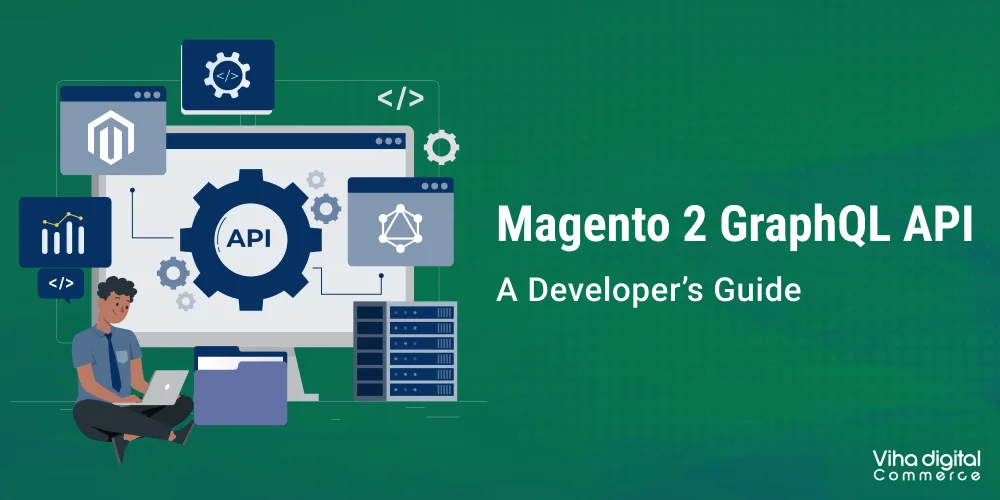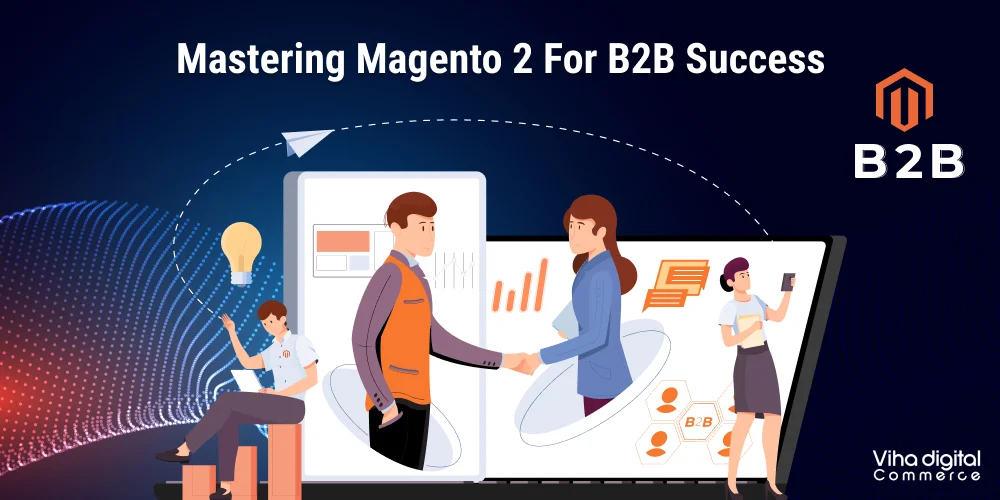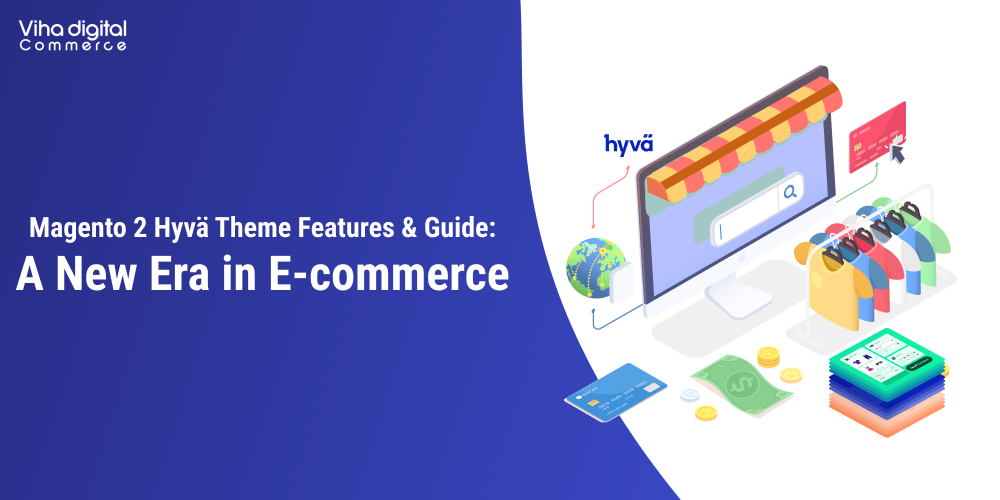A Complete Guide to Implementing AEM for Your Business
In today’s digital landscape, businesses must deliver seamless and engaging digital experiences to stay competitive. Adobe Experience Manager (AEM) is a powerful content management solution that helps enterprises manage, personalize, and optimize digital content across various channels. Implementing AEM for business can transform the way companies handle content, improve customer experiences, and streamline workflows.
In this guide, we will explore the key aspects of AEM implementation, including its benefits, steps, best practices, and common challenges. Whether you are a small business or a large enterprise, this guide will help you navigate the AEM development process effectively.
Benefits of Adobe Experience Manager for Enterprises
AEM offers a range of benefits that make it a preferred choice for enterprises:
Scalability and Flexibility – AEM provides a scalable solution that can grow with your business. Whether you need to manage a single website or multiple digital assets, AEM adapts to your needs.
Personalization and Customer Experience
AEM allows businesses to deliver personalized experiences by leveraging AI-driven insights and automation. Personalized content ensures better engagement and conversion rates.
Streamlined Content Management
With AEM, businesses can create, manage, and publish content seamlessly across different platforms and devices. This ensures a consistent brand experience.
Integration Capabilities
AEM integrates with various marketing tools, eCommerce platforms, and CRM systems, enabling a unified digital ecosystem. This enhances operational efficiency and data synchronization.
Robust Security and Compliance
AEM ensures data security and compliance with industry standards, making it a reliable choice for enterprises handling sensitive information. Compliance with GDPR and other regulations is crucial in today’s digital world.
Multi-site Management
AEM enables businesses to manage multiple websites and digital properties from a single platform, reducing complexity and improving efficiency.
Steps to Successful AEM Implementation
Define Business Goals and Requirements
Before initiating AEM implementation, businesses should outline their objectives. Determine what you aim to achieve, such as improving website performance, enhancing personalization, or streamlining workflows.
Choose the Right AEM Deployment Model
AEM offers various deployment options:
AEM as a Cloud Service – A scalable and automated cloud-based solution that ensures flexibility and automatic updates.
AEM Managed Service – A dedicated infrastructure with managed services that provide control and support.
AEM On-Premise – A self-hosted solution offering full control over customization and security.
Choosing the right deployment model depends on your business needs, IT infrastructure, and budget.
Plan Content Strategy and Information Architecture
A well-defined content strategy is crucial for maximizing AEM’s capabilities. Identify key content types, user roles, and workflows to ensure efficient content management and delivery. Consider:
Structuring content using reusable components.
Defining user roles and permissions.
Mapping out customer journeys.
Design and Develop AEM Components
AEM development involves designing and building components, templates, and workflows that align with your business requirements. Work with AEM developers to create custom components that enhance user experience and functionality.
Some essential AEM components include:
Navigation Menus – For seamless website browsing.
Dynamic Banners – For personalized promotions.
Content Templates – For maintaining consistency across pages.
Integrate AEM with Existing Systems
For a seamless digital experience, integrate AEM with your existing CRM, eCommerce, and marketing automation platforms. This ensures a consistent customer journey across all touchpoints.
Popular integrations include:
Salesforce CRM – For better lead management.
Adobe Analytics – For tracking user interactions.
Magento – For eCommerce functionalities.
Test and Optimize Performance
Before going live, conduct thorough testing to identify and fix any issues. Performance testing, security checks, and user acceptance testing are essential for a smooth AEM implementation.
Key testing areas include:
Load Testing – Ensuring AEM can handle peak traffic.
Security Testing – Identifying vulnerabilities.
Usability Testing – Ensuring a seamless user experience.
Train Your Team and Go Live
Ensure your team is well-trained in using AEM’s features and functionalities. Provide hands-on training and documentation to facilitate a smooth transition. Once everything is in place, launch your AEM-powered digital experience and monitor its performance post-launch.
Best Practices for AEM Implementation
Adopt a Phased Approach – Implement AEM in phases rather than attempting a full-scale deployment at once.
Leverage AEM’s Built-in Features – Utilize AEM’s out-of-the-box features to reduce development efforts and costs.
Ensure Mobile Optimization – AEM supports responsive design, ensuring a seamless mobile experience.
Regularly Monitor and Maintain AEM – Ongoing maintenance and optimization are crucial for keeping AEM running smoothly.
Work with Experienced AEM Developers – Collaborate with professionals who have expertise in AEM development to avoid implementation pitfalls.
Automate Workflows – Leverage AEM’s workflow automation to improve efficiency and content approval processes.
Use A/B Testing – Optimize content performance by experimenting with different variations.
Common Challenges and How to Overcome Them
High Initial Investment
AEM implementation can be costly, but the long-term benefits outweigh the initial investment. Consider a phased approach to manage costs effectively. Also, assess ROI metrics to justify the investment.
Complex Integration with Existing Systems
Integration challenges can arise when connecting AEM with legacy systems. Work with experienced developers to ensure seamless integration. Conduct API testing to prevent issues post-launch.
Learning Curve for Teams
AEM’s advanced features may require training for your team. Provide comprehensive training sessions and support to ensure smooth adoption. Hands-on workshops can accelerate learning.
Performance Optimization
To ensure high performance, optimize content delivery, use caching techniques, and regularly monitor site speed. Enable AEM Dispatcher for improved load balancing.
Ensuring Consistent Branding
With multiple users managing content, maintaining a consistent brand identity can be challenging. Implement brand guidelines and approval workflows in AEM to ensure uniformity.
Conclusion
Implementing AEM for enterprises can revolutionize digital experiences, enhance customer engagement, and streamline content management. By following a strategic approach, leveraging best practices, and addressing common challenges, businesses can unlock the full potential of Adobe Experience Manager.
Whether you are starting fresh or upgrading from an existing CMS, AEM implementation requires careful planning and execution. By investing in AEM development and working with experienced professionals, businesses can create a powerful, scalable, and future-ready digital presence.
AEM is a long-term investment that can help businesses achieve better content management, improve efficiency, and deliver superior digital experiences.
If your company is looking to stay ahead in the digital space, now is the right time to invest in AEM for business. Are you ready to take your business to the next level with Adobe Experience Manager? Start your AEM journey today and transform your digital experience!






